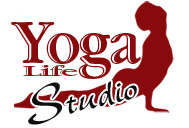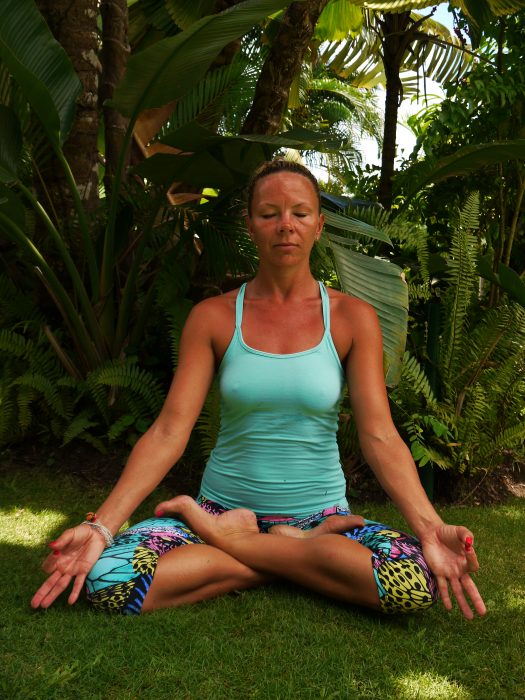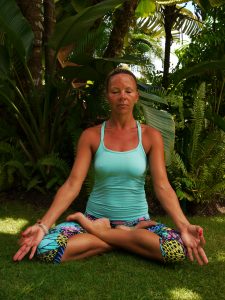Try this beautiful traditional and deeply meditative posture. This is an advanced asana so please practice with care, listening to your bodies, being kind and loving to yourself in the process! Half lotus might be a better option for some.
Posture type: Seated floor posture
Technique:
Sit with legs straight in front of the body in dandasana (staff pose). Bend one leg and place the foot high on
the opposite thigh. The sole of your foot should face upward with the heel close to the pubic bone. Bend
the other leg and place the foot high on the opposite thigh, locking both feet onto the upper thighs. The
knees should ideally touch the ground and there should be a slight tilt on the pelvis. The spine should be
straight, head in line with the spine and the shoulders relaxed. The hands are placed on the knees in Chin or
Jnana Mudra with arms relaxed. Breathe with profound tenderness and find stillness.
Benefits:
This asana steadies the body; it is a calming posture applying pressure to the lower spine which has a
relaxing effect on the nervous system, hence this is a meditative posture. It is said that this posture cures all
disease. Here we open and bring flexibility to the hips and knees, whilst also stretching the ankles.
Prohibition/precautions:
This asana is a very advanced posture and for many is the ultimate yoga posture. Padmasana should only be
practised when deep flexibility of the hips and knees has been developed. Practice this posture with deep
respect, it should never be forced. Students with hip and knee problems should not practise this asana.
Adaptations:
Use blocks, blankets or pillows under the knees to create support for the hips and knees. Half lotus posture
or any cross-legged position can be used as an adaption.



